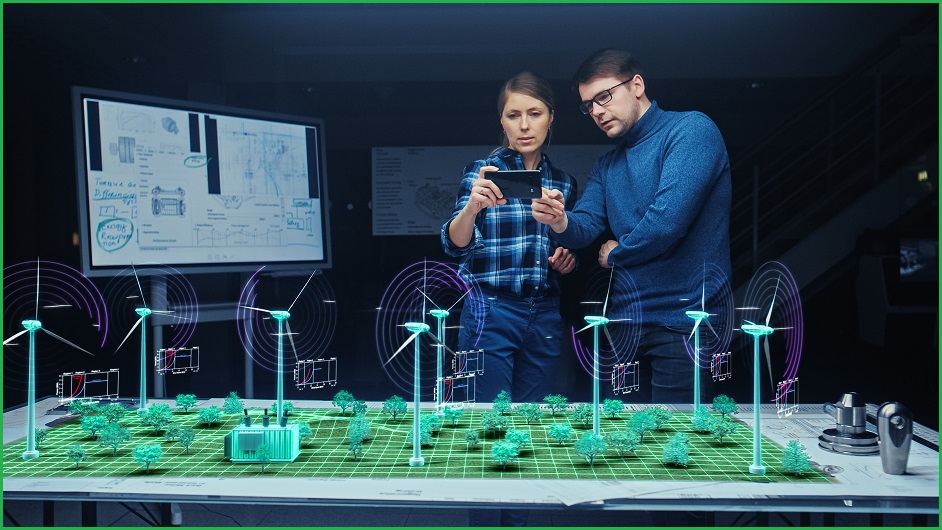As 2030 draws closer, Australian companies are facing pressure to implement emission reduction strategies that are seeing them already set aside funds and invest in new technologies to help understand and better control energy use, a recent study has found.
Schneider Electric surveyed more than 500 decision-makers across corporate Australia for its Sustainability Index 2023 report, revealing that 82 per cent of businesses believe the benefits of adopting sustainable technology outweigh the costs, an increase from 75 per cent in 2022.
The survey also found 55 per cent of businesses reported that they are ramping up investments in digital transformation compared to three years ago.
Carlos Urbano, regional VP of Industry at Schneider Electric, said businesses are actively investing in digital, starting with tools that help them understand their energy usage.
“It is essential to move beyond outdated methods, such as relying on bills and spreadsheets, to sophisticated tools and technologies,” said Urbano.
Professional services stood out as frontrunners in embracing digital transformation, with 89 per cent of corporate leaders reporting that digital is playing a key role in achieving sustainability goals, followed by manufacturing (87 per cent) and financial services (85 per cent). Food and beverages lagged behind at 55 per cent.
“Technologies ranging from digital twins to monitoring, visualisation, and automation provide the quickest wins to significantly understand and reduce emissions to help meet 2030 targets,” Urbano added.
A significant shift is underway
Mick Liubinskas, co-founder of Climate Salad, an active network to boost climate tech companies in Australia with tools and support, has seen a significant shift towards being climate positive in the last two years.
“The Australian government has increased its commitment through the National Reconstruction Fund, and most state governments are very active in startups, scaleups and increased deployment of existing products like wind, solar and hydro.”
But whilst there is a wide range of approaches some companies are still defensive or cautious to start.
“They typically start with what they have to do, aiming for the bare minimum to tick the box or avoid issues,” Liubinskas said.
His recommendation is to start looking at your organisation’s energy, water and plastic output to get the ball rolling. “Also look at what your suppliers and customers are doing,” he added.
“We have crossed the tipping point where the risk of not acting is far outweighed by the benefits of taking action.
“This is both on the business front as well environmental. If we want to maintain a habitable planet we need to act now. No amount of profit or wealth will compensate for the world we will all see in the next 20 years.”
Benchmarking and sustainability regulations in force
Australian technology research and advisory organisation ADAPT recently released The Urgency of Sustainability for Australian Organisations report to help leaders frame and drive strategic change for greater environmental, social and governance (ESG) performance.
Its study found 55 per cent of organisations are now measuring carbon footprint of IT – a rise from 42 per cent in May 2022.
Shane Hill, Principal Research Analyst at ADAPT, said superior ESG performance has matured from a “nice to have” to a competitive differentiator.
“Regulations for sustainability are now in force for parts of the economy and coming fast. CIOs can use proven technologies like Internet of Things (IoT), digital twins and predictive analytics to effectively measure their environmental impact and capture new value from these investments.”
By acting now organisations can access incentives announced in the 2023-24 Federal Budget and avoid the significant costs of inaction.
“Taking this approach can build engagement with environmentally-conscious clients and partners, meet the demands of international investors and better align the organisation’s ESG activity with government incentives,” said Hill.










